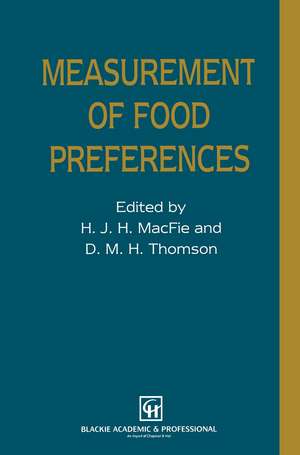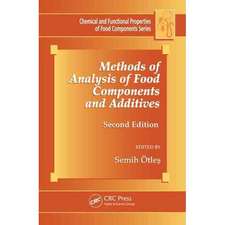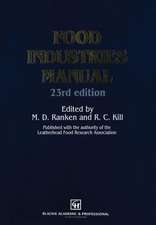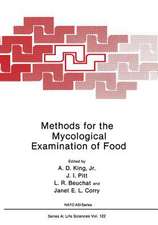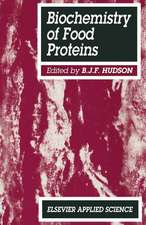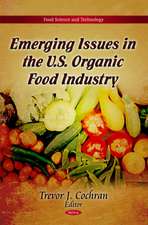Measurement of Food Preferences
Editat de Halliday MacFieen Limba Engleză Paperback – 20 oct 2012
Preț: 389.31 lei
Nou
Puncte Express: 584
Preț estimativ în valută:
74.52€ • 80.97$ • 62.64£
74.52€ • 80.97$ • 62.64£
Carte tipărită la comandă
Livrare economică 21 aprilie-05 mai
Preluare comenzi: 021 569.72.76
Specificații
ISBN-13: 9781461359081
ISBN-10: 1461359082
Pagini: 316
Ilustrații: XII, 301 p.
Dimensiuni: 155 x 235 x 17 mm
Greutate: 0.45 kg
Ediția:1994
Editura: Springer Us
Colecția Springer
Locul publicării:New York, NY, United States
ISBN-10: 1461359082
Pagini: 316
Ilustrații: XII, 301 p.
Dimensiuni: 155 x 235 x 17 mm
Greutate: 0.45 kg
Ediția:1994
Editura: Springer Us
Colecția Springer
Locul publicării:New York, NY, United States
Public țintă
ResearchCuprins
1 A measurement scheme for developing institutional products.- 1.1 Introduction.- 1.2 Phase I. Consumer marketing.- 1.3 Phase II. Individual item sensory testing.- 1.4 Phase III. Consumer meal testing — laboratory.- 1.5 Phase IV. Consumer meal testing — field.- 1.6 Phase V. Prototype testing.- 1.7 Phase VI. Extended ration use validation.- 1.8 Phase VII. Quality control testing.- 1.9 How to use the seven-phase testing sequences.- References.- 2 Appropriateness as a measure of the cognitive-contextual aspects of food acceptance.- 2.1 Introduction.- 2.2 Description of procedures for appropriateness, item by use technique.- 2.3 Conclusions.- References.- 3 The repertory grid approach.- 3.1 Introduction.- 3.2 Methodology.- 3.3 Application.- 3.4 Conclusions.- References.- 4 Focus group interviewing.- 4.1 Introduction.- 4.2 The process of conducting focus groups.- 4.3 Summary.- References.- 5 Product optimization: approaches and applications.- 5.1 Background and applications.- 5.2 Steps in a designed experiment and product optimization study.- 5.3 A case history — salsa.- 5.4 An overview.- References.- 6 Preference mapping in practice.- 6.1 Introduction.- 6.2 External preference analysis — Prefmap.- 6.3 Internal analysis — MDPREF.- 6.4 Advantages and limitations of preference mapping.- 6.5 Aspects of conduct.- References.- 7 An individualised psychological approach to measuring influences on consumer preferences.- 7.1 Introduction.- 7.2 Measuring individual consumer preferences.- 7.3 Psychophysical acceptance parameters.- 7.4 Aggregation of individuals’ acceptance parameters.- 7.5 Measuring determinants of acceptance in the `real world’.- 7.6 Conclusions.- References.- 8 Modelling food choice.- 8.1 Introduction.- 8.2 Factors influencing food choice.- 8.3 Beliefsand attitudes.- 8.4 Application of the theory of reasoned action to food choice.- 8.5 Extensions of the theory of reasoned action.- 8.6 Conclusions.- References.- 9 Nutritional influences on mood and cognitive performance:their measurement and relevance to food acceptance.- 9.1 Introduction.- 9.2 Relevance to food acceptance of dietary effects on behaviour.- 9.3 Conceptual issues.- 9.4 Methodological issues.- 9.5 Caffeine: a case study.- 9.6 Summary.- References.- 10 Consumer expectations and their role in food acceptance.- 10.1 Introduction.- 10.2 The plausible role of expectations in food behavior.- 10.3 Consumer expectations and food acceptance.- 10.4 Experimental studies.- 10.5 Summary/conclusions.- References.
